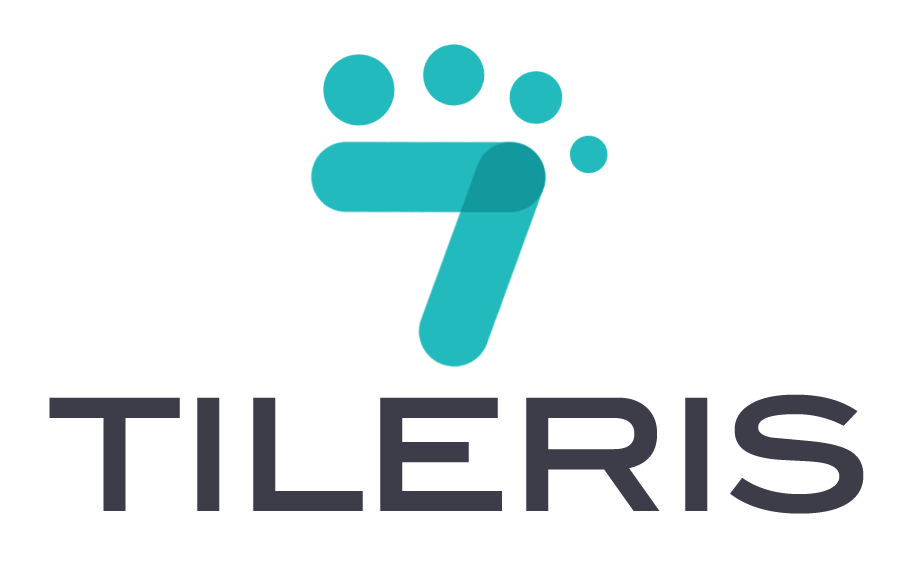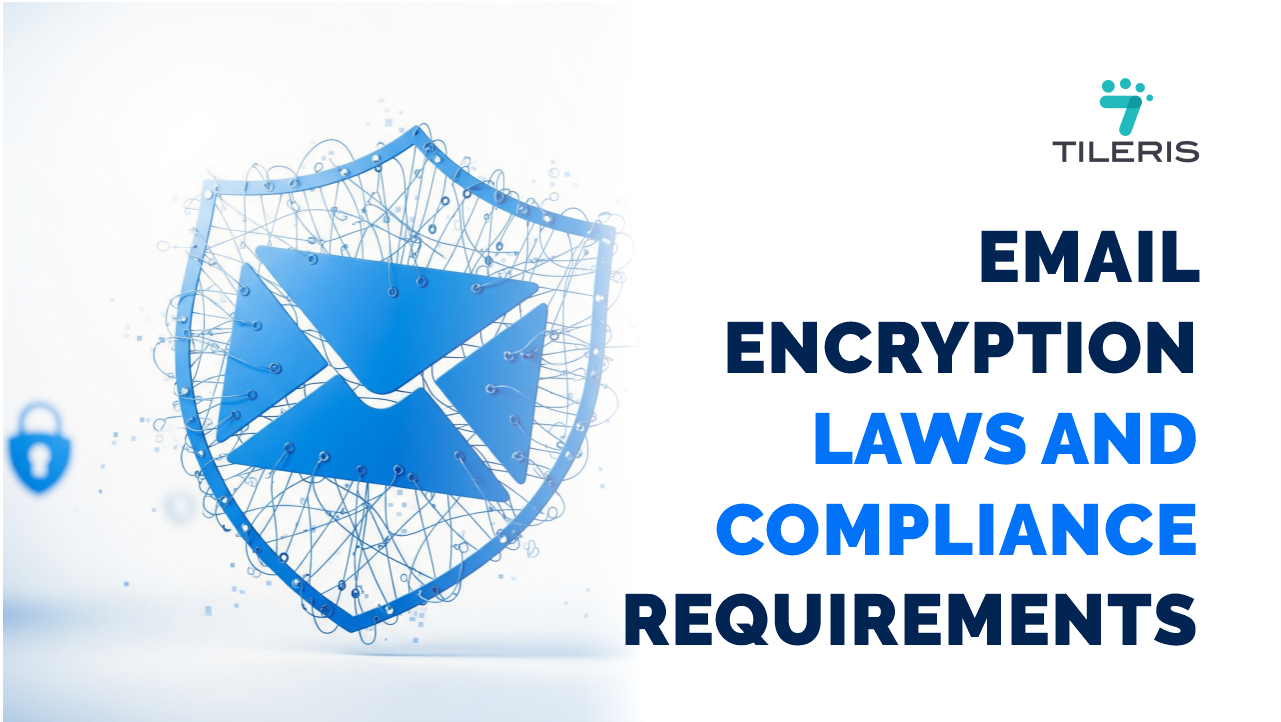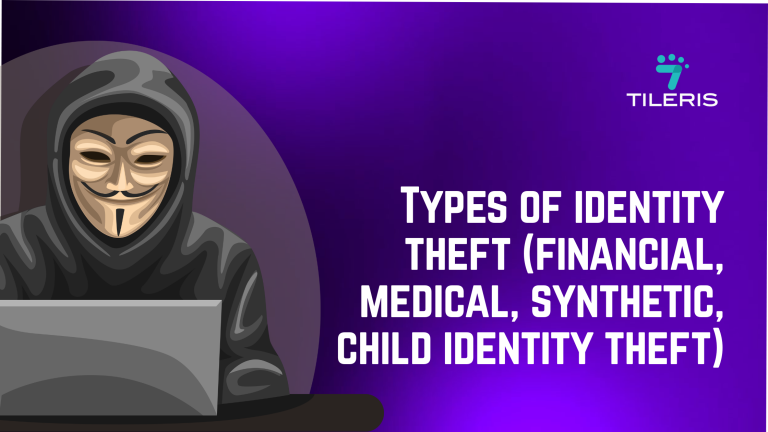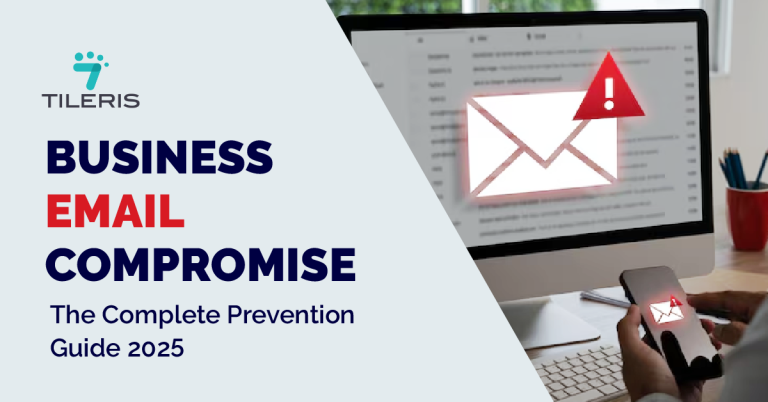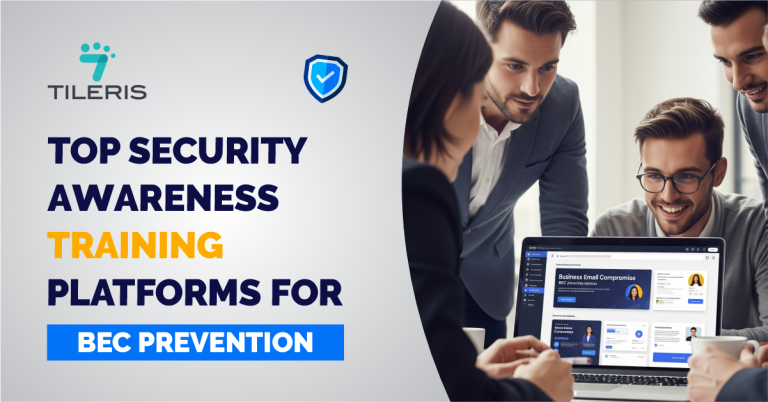Email Encryption Laws and Compliance Requirements
Introduction
Let’s assume you get a letter from a regulatory body, informing you of an impending compliance audit. Suddenly, every email your company has sent feels like a ticking time bomb. Was that customer’s personal data truly secure? Did we meet the strict requirements for sending medical records? The stakes are incredibly high, with potential fines reaching into the millions and severe damage to your business’s reputation. With sensitive information constantly flowing through inboxes, understanding and adhering to email compliance and email encryption laws is no longer optional. But email encryption laws and email compliance requirements doesn’t have to be overwhelming. This guide will simplify the top 5 most important email encryption laws to ensure your business stays secure and compliant.
1. GDPR: European Encryption Standard
The General Data Protection Regulation (GDPR) is the EU’s benchmark for data privacy, impacting any organization that processes the personal data of individuals residing in the European Union, regardless of where the organization is located. When it comes to email, GDPR places a strong emphasis on securing personal data.
GDPR doesn’t explicitly mandate email encryption laws for all data, but it requires “appropriate technical and organizational measures” to ensure a level of security appropriate to the risk. For highly sensitive personal data transmitted over email, encryption is almost always considered an “appropriate technical measure” to prevent unauthorized access, disclosure, or alteration. Think of it as a core part of protecting your “data subjects” (or, in plain English, your customers’ data).
The most robust solution to meet GDPR’s intent for email is end-to-end encryption (E2EE). This means only the sender and the intended recipient can read the message; even your email provider cannot access the content.
- Assess Your Data: Understand what “personal data” (names, email addresses, IP addresses, location data, health info, financial details) you’re sending via email to EU residents.
- Choose E2EE Solutions: Implement email services or plugins that offer true end-to-end encryption (e.g., ProtonMail, Tuta, or robust PGP/GPG solutions).
- Ensure Recipient Compatibility: For E2EE to work, both sender and recipient need compatible encryption methods. Communicate with your EU-based contacts about using a shared secure platform or method.
- Document Everything: Maintain records of your data processing activities, including how you secure emails, to demonstrate GDPR email compliance requirements fulfilled during an audit.
Imagine putting sensitive documents into a locked briefcase before mailing it across the country. Only the person with the correct key can open it. End-to-end email encryption provides that same level of “locked briefcase” security for your digital messages.
2. HIPAA: Securing Healthcare Communications with Strict Safeguards
The Health Insurance Portability and Accountability Act (HIPAA) is a U.S. law that sets national standards for protecting sensitive patient health information (PHI). For anyone in the healthcare industry – from doctors and hospitals to health insurers and their business associates, it is non-negotiable.
HIPAA requires “covered entities” and their “business associates” to implement technical security measures to protect electronic Protected Health Information (ePHI) from unauthorized access, use, or disclosure. This explicitly includes:
- Encryption of ePHI at rest: Data stored on servers, devices, and in archives.
- Encryption of ePHI in transit: Data as it moves across networks, including email.
- Technical Security Measures: Controls like access logs, integrity controls, and authentication.
To meet HIPAA email compliance requirements, you can’t rely on standard email services alone. You need to use HIPAA-Compliant email platforms specifically designed to handle ePHI securely.
- Business Associate Agreements (BAAs): Ensure any third-party email provider you use signs a BAA, acknowledging their responsibility in protecting PHI under HIPAA.
- End-to-End Encryption: Select an email solution that offers end-to-end encryption for all ePHI exchanged. This is crucial for both messages and attachments.
- Access Controls and Audit Trails: Your chosen platform should have robust access controls, allowing only authorized personnel to view PHI. It must also maintain detailed audit logs of who accessed what data, when.
- Secure Workflows: Implement strict internal policies for how staff send and receive ePHI, including strong authentication for accessing email accounts.
Think of HIPAA email encryption laws as a strict code of conduct for doctor-patient confidentiality, but specifically adapted for digital messages. Just as a doctor would never discuss your private health details in a public waiting room, your digital health information needs the secure “private room” that HIPAA-compliance requirements provides.
3. PCI DSS: Payment Card Data Protection Through Encryption
The Payment Card Industry Data Security Standard (PCI DSS) isn’t a government law, but a set of security standards mandated by major credit card brands (Visa, Mastercard, American Express, Discover, JCB). Any organization that processes, stores, or transmits credit card data must comply to avoid heavy fines and losing the ability to process card payments.
PCI DSS compliant 4 explicitly states: “Encrypt transmission of cardholder data across open, public networks.” This applies directly to email compliance requirement if payment card data is ever sent via this channel. It also covers encrypting “data at rest” if you store cardholder data.
The key here is using robust, industry-accepted encryption methods to protect sensitive authentication data (SAD) and cardholder data (CHD) wherever it travels or rests.
- Avoid Emailing Card Data: The best practice for PCI DSS is to never send full credit card numbers or sensitive authentication data (like CVV2, PINs) via email. This is the easiest way to ensure email compliance requirements are fulfifulfilled for payment data.
- Tokenization/Redaction: If you must transmit payment-related data, use tokenization or redaction to remove actual card numbers, replacing them with meaningless tokens.
- Strong Encryption for Permitted Data: If any part of cardholder data must be emailed (e.g., last four digits of a card for verification, but never the full number or SAD), it must be encrypted using strong cryptographic algorithms (e.g., AES-256) and secure key management.
- Secure Portals: For sharing payment-related information securely, direct customers to secure web portals designed for payment processing, rather than relying on email.
Imagine keeping credit card numbers in a bank vault rather than writing them on a postcard. PCI DSS ensures that even if a piece of information related to a credit card needs to travel, it’s done within an impenetrable “vault” or through highly secure, encrypted channels.
4. NYDFS: New York’s Financial Guardian for Digital Security
The New York Department of Financial Services (NYDFS) Cybersecurity Regulation (23 NYCRR Part 500) is a pioneering set of rules designed to protect the information systems of financial institutions operating in New York. This includes banks, insurance companies, and other financial services entities. It’s one of the most comprehensive state-level cybersecurity regulations in the U.S., placing significant emphasis on data encryption.
NYDFS Part 500 requires covered entities to implement specific controls to protect “nonpublic information” (NPI) – which includes personally identifiable information (PII) and certain business information. This protection must extend to NPI both “in transit” (like email) and “at rest” (stored on servers). The regulation mandates email encryption laws as a core technical control based on a risk assessment.
Fulfilling email compliance laws means not just using encryption, but demonstrating that your encryption strategy is robust, regularly assessed, and aligned with your overall cybersecurity program.
- Comprehensive Risk Assessment: Conduct thorough, periodic risk assessments to identify all nonpublic information, determine its sensitivity, and evaluate the risks associated with its transmission via email. Your encryption strategy must be based on these findings.
- Default Encryption: Implement strong encryption controls for all email communications containing NPI. This often means using S/MIME, PGP/GPG, or a secure email gateway that automatically encrypts outbound emails based on content policies.
- Data at Rest Encryption: Ensure that email archives and any stored nonpublic information within your email system are encrypted.
- Audit Trails & Monitoring: Maintain detailed audit trails of email communications and encryption activities. Regularly monitor for unauthorized access attempts or encryption failures.
- Employee Training: Train employees on the importance of encrypting NPI via email and the correct procedures for doing so.
Think of NYDFS as creating a digital vault for all sensitive financial records, including those communicated via email. It’s not just about locking the vault; it’s about continuously monitoring who accesses it, ensuring the locks are always up-to-date, and having logs of every entry and exit.
5. SOX: Financial Data Protection with Robust Controls
The Sarbanes-Oxley Act (SOX) is a U.S. federal law enacted in response to major corporate and accounting scandals. It aims to protect investors by improving the accuracy and reliability of financial reporting for publicly traded companies. While SOX doesn’t explicitly mention “email encryption law,” its broad requirements for internal controls, data integrity, and audit trails directly impact how financial data is handled, including in email communications.
SOX mandates that publicly traded companies establish and maintain internal controls over financial reporting (ICFR). This includes ensuring the integrity, accuracy, and accessibility of financial data and communications, which often involve email. Companies must have controls in place to prevent fraud and ensure that all financial transactions and communications can be properly audited.
To comply with SOX, businesses must show that sensitive financial information transmitted or stored in emails is protected from unauthorized alteration or access, and that all relevant communications can be retrieved and audited.
- Data Classification: Identify all financial data that is transmitted via email (e.g., quarterly reports, budget discussions, payroll information).
- Mandatory Encryption for Sensitive Data: Implement mandatory encryption for emails containing sensitive financial data to ensure its integrity and confidentiality. This prevents unauthorized access that could compromise financial reporting.
- Email Archiving and Retention: Establish robust email archiving solutions that securely store encrypted financial communications for the required retention periods (SOX mandates 7 years for certain records) and maintain their integrity. These archives must also be encrypted.
- Audit Trails and Access Logs: Ensure your email and encryption systems generate detailed audit logs of who accessed which emails, when, and any changes made. This is crucial for demonstrating control and preventing tampering.
- Internal Controls and Policies: Develop and enforce clear internal policies for handling financial data via email, including encryption protocols, data retention, and access controls.
SOX is like keeping all financial records in a highly secure bank vault, but with an added layer: every time someone enters the vault or accesses a record, it’s meticulously logged, and those logs are also protected. This ensures accountability and prevents tampering.
Conclusion
Navigating the landscape of email encryption laws and email compliance requirements can seem complex, but it’s an indispensable journey for any modern business. Each regulation and email encryption law plays a vital role in protecting sensitive data and building trust.
By fulfilling email compliance regulations, you’re not just avoiding potentially crippling fines and legal battles; you’re building a reputation for trustworthiness and reliability. You’re safeguarding your customers’ privacy, securing your financial data, and demonstrating a commitment to ethical digital practices. These email encryption laws are continually evolving, emphasizing the need for proactive and robust email encryption law adherence.
Don’t let the complexity of these regulations leave your business vulnerable. Take control of your email security today. Request a Demo Today and see how our tailored solutions can secure your communications and ensure you meet every legal requirement with ease.
